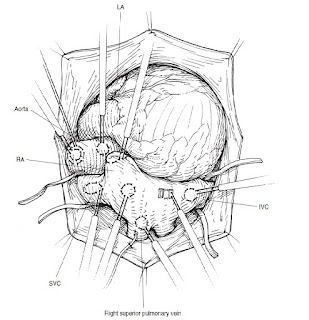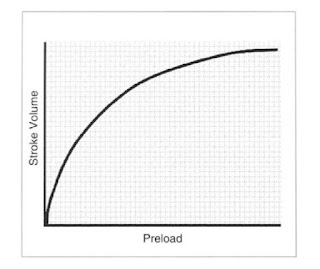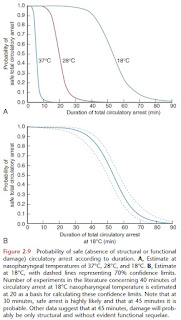CABG in Patients With Acute MI
CABG in Patients With Acute MI: Recommendations CLASS I 1. Emergency CABG is recommended in patients with acute MI in whom 1) primary PCI has failed or cannot be performed, 2) coronary anatomy is suitable for CABG, and 3) persistent ischemia of a significant area of myocardium at rest and/or hemodynamic instability refractory to nonsurgical therapy is present. (Level of Evidence: B) 2. Emergency CABG is recommended in patients undergoing surgical repair of a postinfarction mechanical complication of MI, such as ventricular septal rupture, mitral valve insufficiency because of papillary muscle infarction and/or rupture, or free wall rupture. (Level of Evidence: B) 3. Emergency CABG is recommended in patients with cardiogenic shock and who are suitable for CABG irrespective of the time interval from MI to onset of shock and time from MI to CABG. (Level of Evidence: B) 4. Emergency CABG is recommended in patients with life-threatening ventricular arrhythmias (believ...










